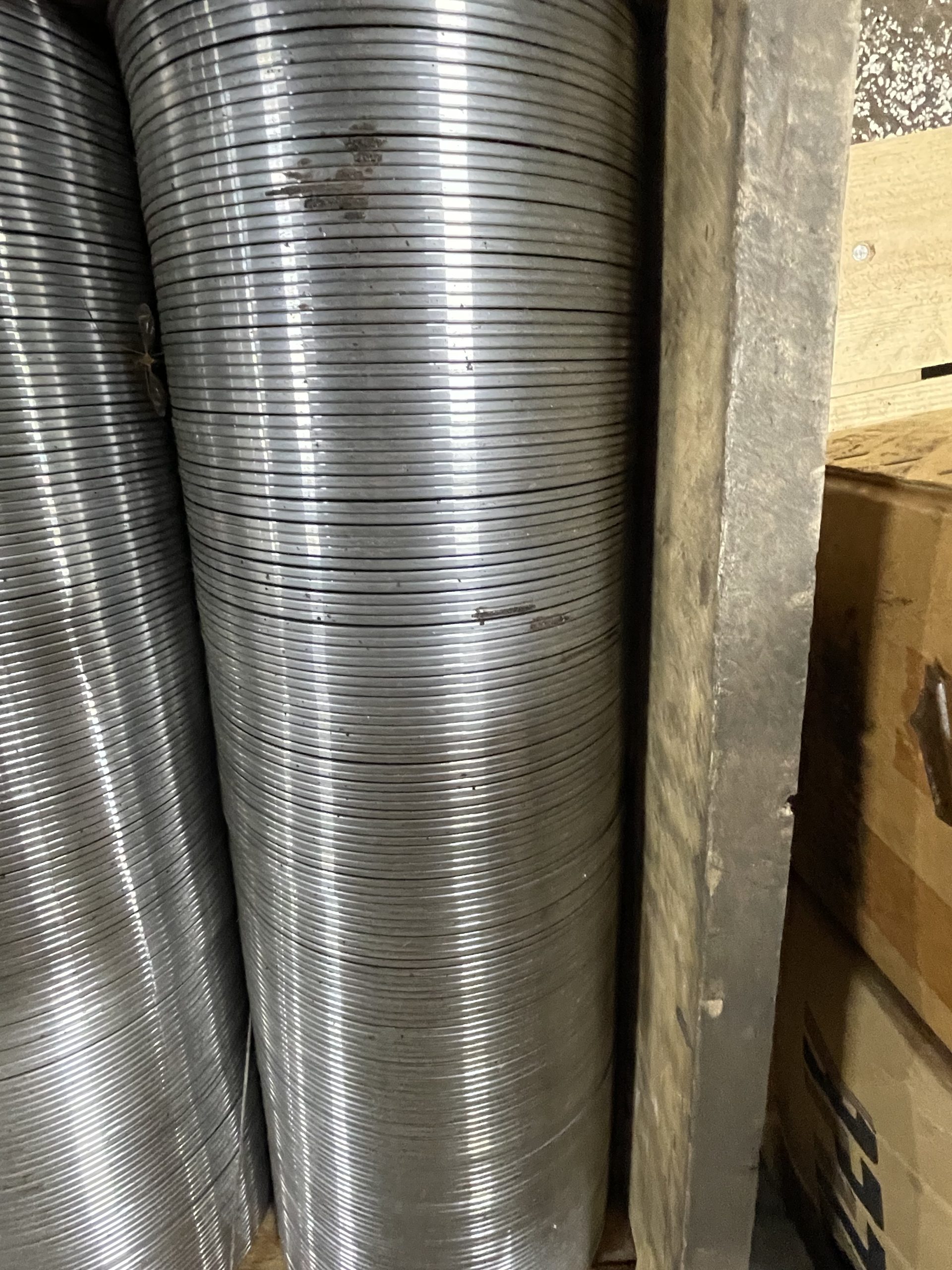As a disc spring in a column slides along the guide surface, it creates friction, which results in a loss of force within the stack. Since each disc spring in the stack contributes to this reduction in force transfer, the remaining spring force will progressively decrease from the moving to the fixed end while the stack is compressed, and could finally reduce to zero. For this reason, the individual discs will be loaded differently. The differing stresses generated can also lead to a variation in life of the individual discs within the spring stack. It is therefore recommended to use a compensating safety factor when designing longer spring stacks.
This non-uniformity of load distribution increases with greater stack length, and may lead to sudden undampened release of the full force of the spring. This is particularly true with springs having a large h0/t ratio. For this reason the stack should be made as short as possible. Where the design will not allow this, good lubrication and a smooth guide surface will reduce friction. In many cases, the use of suitable stabilizing rings will contribute to stack stability. Contact surfaces can also be ground or fine tuned on the discs. It should be noted that disc springs machined in such a manner always have a somewhat steeper character line because the effective lever forces are reduced. This increase is about 10-15%.

